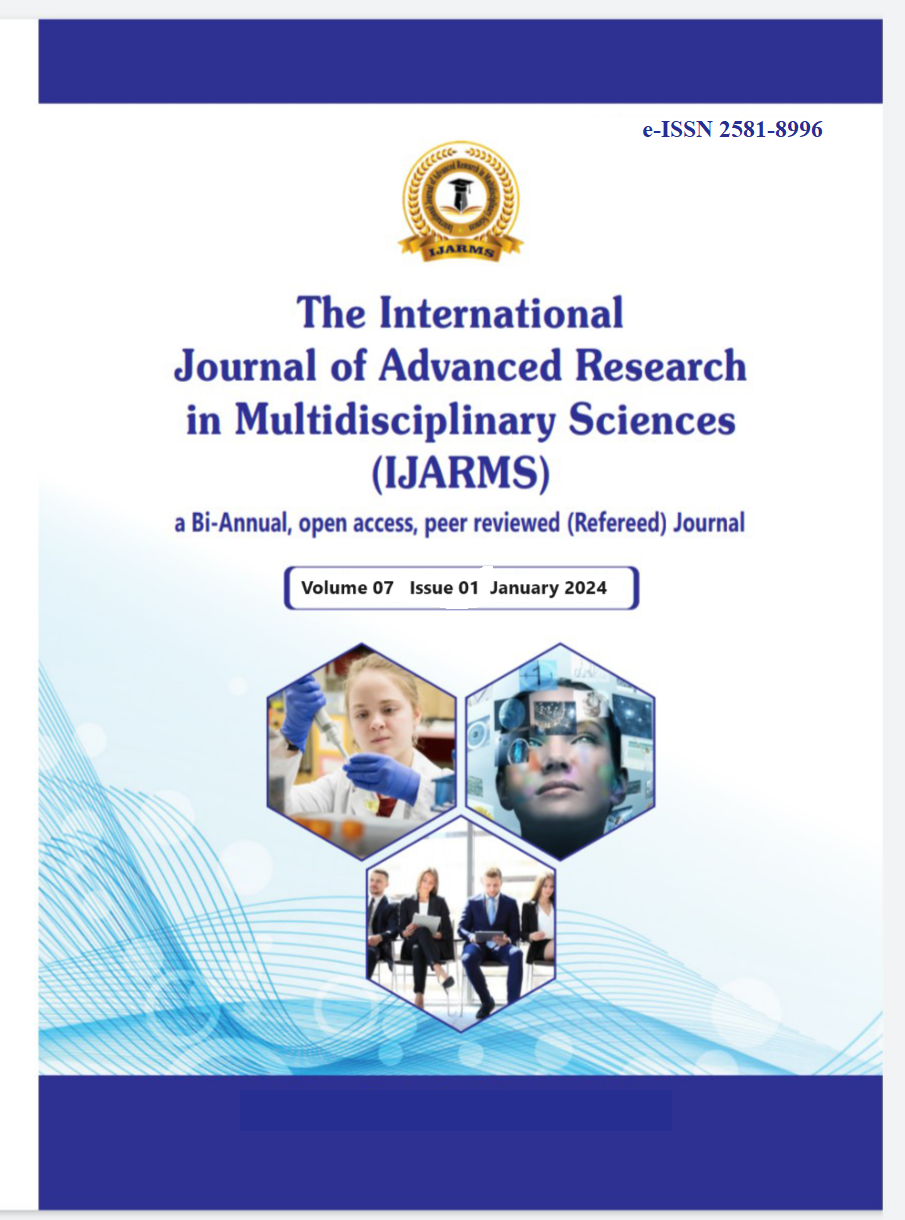Public Sphere in India: Caste, Class, and Communication
Abstract
Jürgen Habermas developed the concept of the public sphere. It refers to a ‘space’ where citizens of a nation critically engage in dialogue on collective interests to ‘shape public opinion’. That opinion further influences the government at various levels in managing its subjects. In India, the public sphere is/was not uniform and fully accessible to everyone. It is due to deep-rooted cultural and social inequalities in caste and class structures. that deny access to the public sphere to individuals, citizens, classes and castes. Historically, while colonial-era print culture and social reform movements expanded discursive spaces, they often remained exclusionary towards marginalised castes and lower classes. Advancements in Contemporary communication technologies, especially social media, have created new avenues for engagement to the maximum. But it has also replicated old inequalities through the digital divide, language politics, and class-based access. This article critically examines how caste, class, and communication intersect and shape India's ‘public sphere’. It also emphasises the emergence of Dalit counter-publics and alternative media spaces. The analysis also underscores the challenges posed by media ownership, misinformation, and fragmented identities. A reimagined, inclusive communication landscape is essential for fostering a truly democratic and equitable public sphere in India.
Keywords: Public Sphere, Caste, Class, Communication, Digital Divide
Additional Files
Published
How to Cite
Issue
Section
License
Copyright (c) 2024 www.ijarms.org

This work is licensed under a Creative Commons Attribution-NonCommercial 4.0 International License.
WWW.IJARMS.ORG

